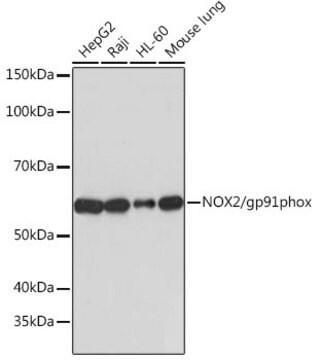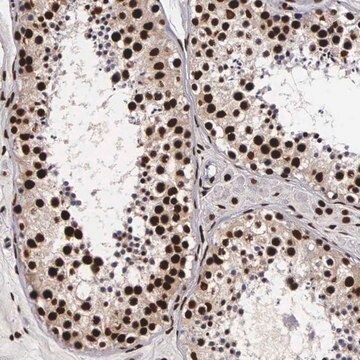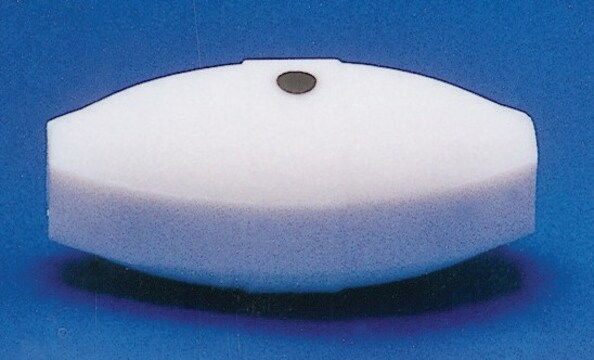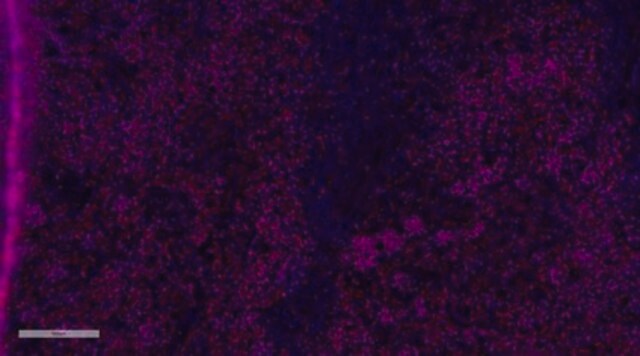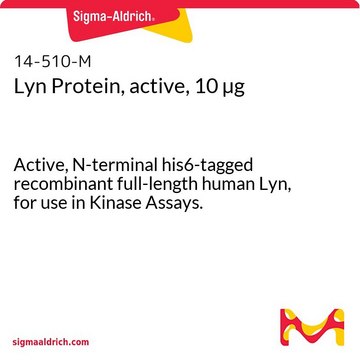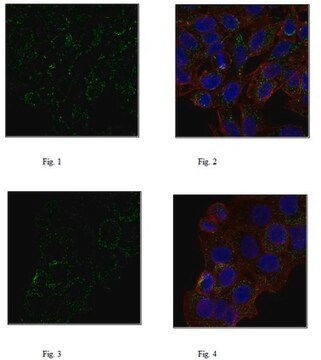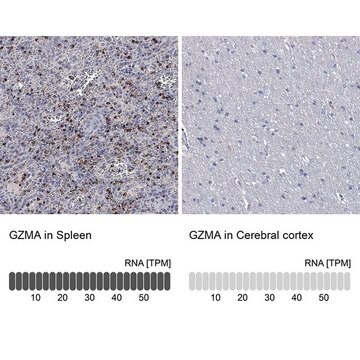MABS21
Anti-PORCN Antibody, clone 15G12.1
clone 15G12.1, from mouse
Sinônimo(s):
Probable protein-cysteine N-palmitoyltransferase porcupine, Protein MG61
About This Item
Produtos recomendados
fonte biológica
mouse
Nível de qualidade
forma do anticorpo
purified immunoglobulin
tipo de produto de anticorpo
primary antibodies
clone
15G12.1, monoclonal
reatividade de espécies
rat, mouse, human
técnica(s)
immunocytochemistry: suitable
western blot: suitable
Isotipo
IgMκ
nº de adesão NCBI
nº de adesão UniProt
Condições de expedição
wet ice
modificação pós-traducional do alvo
unmodified
Informações sobre genes
mouse ... Porcn(53627)
Descrição geral
Imunogênio
Aplicação
Signaling
Developmental Signaling
Qualidade
Western Blot Analysis: A 1:1,000 dilution of this antibody detected PORCN in 10 µg of mouse brain tissue lysate.
Descrição-alvo
Calculated molecular weight of 52 kDa The actual MW should be observed at ~45-65 kDa Helical membrane protein migration on SDS-PAGE may not exactly correlate with the calculated molecular weights (PNAS, 2009, 106:1760-1765).
forma física
Armazenamento e estabilidade
Nota de análise
Mouse brain tissue lysate
Outras notas
Exoneração de responsabilidade
Não está encontrando o produto certo?
Experimente o nosso Ferramenta de seleção de produtos.
Código de classe de armazenamento
10 - Combustible liquids
Classe de risco de água (WGK)
WGK 2
Ponto de fulgor (°F)
Not applicable
Ponto de fulgor (°C)
Not applicable
Certificados de análise (COA)
Busque Certificados de análise (COA) digitando o Número do Lote do produto. Os números de lote e remessa podem ser encontrados no rótulo de um produto após a palavra “Lot” ou “Batch”.
Já possui este produto?
Encontre a documentação dos produtos que você adquiriu recentemente na biblioteca de documentos.
Nossa equipe de cientistas tem experiência em todas as áreas de pesquisa, incluindo Life Sciences, ciência de materiais, síntese química, cromatografia, química analítica e muitas outras.
Entre em contato com a assistência técnica
